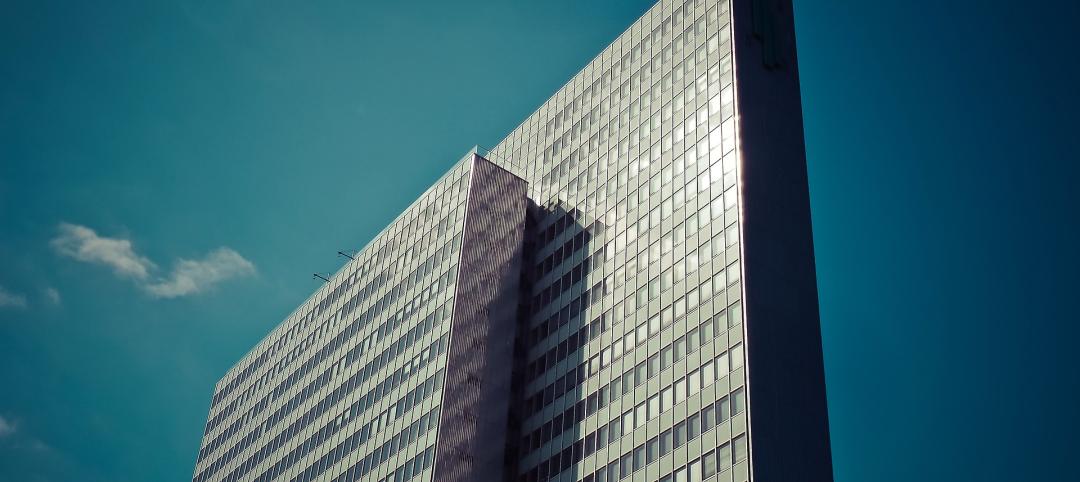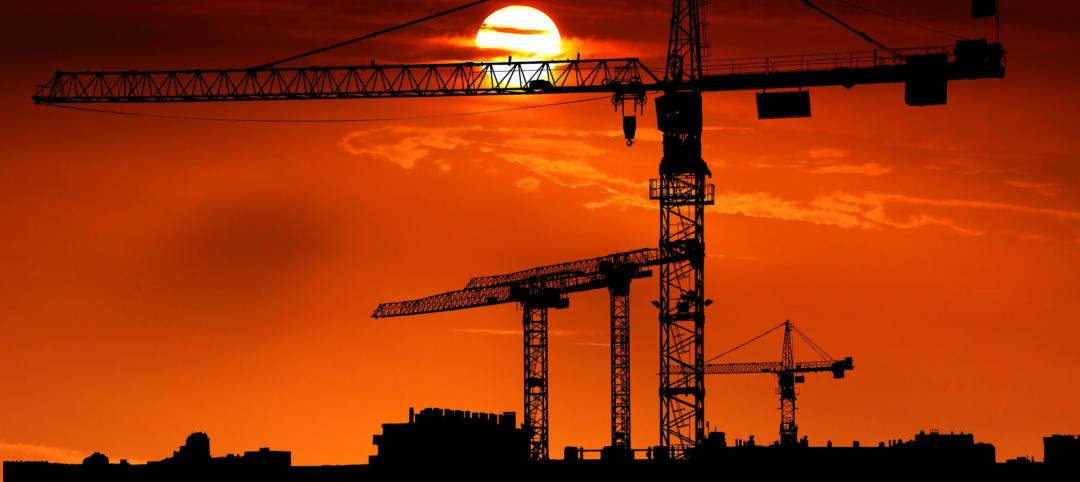There’s money to be made in reconstruction. Based on our annual Giants 300 survey, we estimate that the top 300 AEC firms generate about 20-30% of annual revenues from reconstruction, and for design firms that specialize in historic preservation and adaptive reuse, that percentage can quickly go north of 50% of total revenues. If your firm is doing less than the industry average, you may be missing a great opportunity.
A reconstructed building is the ultimate green building. It is generally the case that “saving” an existing building is the most sustainable thing you can do, for obvious reasons. Whether it’s a renovation that simply extends an existing use, or one that takes an existing building and transforms it to another use, much of the embodied energy in that building is staying put.
Furthermore, reconstruction offers the opportunity to take an energy hog and make it much more efficient. Just doing the basics—sealing the envelope, insulating, upgrading lighting and lighting controls, etc.—should yield a 20% improvement in energy efficiency. Stretch a little and 30% energy savings should not be unreasonable. That’s good for the building, the occupants, and the owner—and it’s the right thing to do.
Reconstruction can turn ordinary buildings into great buildings. Look at how the Building Team for the Mid-Ohio Foodbank took an old mattress factory and turned it into a LEED Gold facility that helps provide 55,000 meals a day to the hungry and involves 10,000 volunteers a year. Owen Hall at Michigan State University and the new Cell and Genome Sciences Building at UConn are additional examples of how the ordinary can be transformed into the extraordinary.
Reconstruction challenges your imagination. The Building Team for Duke University could have taken the easy road and junked Duke’s old coal-burning power plant. Instead, they came up with a creative way to use new technology to convert the plant to 70% natural gas power generation, while enhancing the early 20th-century structure. Look how the Building Team converted Memorial Field House—essentially a big barn—into modern classroom and student space at the University of Toledo. These kinds of jobs take real imagination.
Reconstruction can bring communities together. People like to preserve and enhance the things that are important to them. The people of Cuyahoga County, Ohio, cared about the monument to their Civil War veterans, and they went out and raised $2 million to restore it to perfection. Ditto for the people of Northeast Central Durham, N.C., who fought to turn a broken-down school building into a thriving multi-purpose community center. Tap into that wellspring of community involvement. It will yield projects whose rewards go far beyond the bottom-line considerations.
Reconstruction work is fun. Building a fancy high-rise on a greenfield site in some exotic part of the world must surely have its pleasures, but digging into the bowels of an older building also has its mysteries—and surprises. Who knows what lurks behind that gypsum board? Matching your wits against the original designers and contractors is the ultimate chess match.
Related Stories
Adaptive Reuse | Sep 12, 2024
White paper on office-to-residential conversions released by IAPMO
IAPMO has published a new white paper titled “Adaptive Reuse: Converting Offices to Multi-Residential Family,” a comprehensive analysis of addressing housing shortages through the conversion of office spaces into residential units.
Mixed-Use | Sep 10, 2024
Centennial Yards, a $5 billion mixed-use development in downtown Atlanta, tops out its first residential tower
Centennial Yards Company has topped out The Mitchell, the first residential tower of Centennial Yards, a $5 billion mixed-use development in downtown Atlanta. Construction of the apartment building is expected to be complete by the middle of next year, with first move-ins slated for summer 2025.
Healthcare Facilities | Sep 9, 2024
Exploring the cutting edge of neuroscience facility design
BWBR Communications Specialist Amanda Fisher shares the unique considerations and challenges of designing neuroscience facilities.
Office Buildings | Sep 6, 2024
Fact sheet outlines benefits, challenges of thermal energy storage for commercial buildings
A U.S. Dept. of Energy document discusses the benefits and challenges of thermal energy storage for commercial buildings. The document explains how the various types of thermal energy storage technologies work, where their installation is most beneficial, and some practical considerations around installations.
Office Buildings | Sep 5, 2024
Office space downsizing trend appears to be past peak
The office downsizing trend may be past its peak, according to a CBRE survey of 225 companies with offices in the U.S., Canada, and Latin America. Just 37% of companies plan to shrink their office space this year compared to 57% last year, the survey found.
University Buildings | Sep 4, 2024
UC San Diego’s new Multidisciplinary Life Sciences Building will support research and teaching in both health and biological sciences
The University of California San Diego has approved plans for a new Multidisciplinary Life Sciences Building, with construction starting this fall. The 200,000-sf, six-level facility will be the first building on the UC San Diego campus to bridge health science research with biological science research and teaching.
Codes and Standards | Sep 3, 2024
Atlanta aims to crack down on blighted properties with new tax
A new Atlanta law is intended to crack down on absentee landlords including commercial property owners and clean up neglected properties. The “Blight Tax” allows city officials to put levies on blighted property owners up to 25 times higher than current millage rates.
Resiliency | Sep 3, 2024
Phius introduces retrofit standard for more resilient buildings
Phius recently released, REVIVE 2024, a retrofit standard for more resilient buildings. The standard focuses on resilience against grid outages by ensuring structures remain habitable for at least a week during extreme weather events.
Construction Costs | Sep 2, 2024
Construction material decreases level out, but some increases are expected to continue for the balance Q3 2024
The Q3 2024 Quarterly Construction Insights Report from Gordian examines the numerous variables that influence material pricing, including geography, global events and commodity volatility. Gordian and subject matter experts examine fluctuations in costs, their likely causes, and offer predictions about where pricing is likely to go from here. Here is a sampling of the report’s contents.
Adaptive Reuse | Aug 29, 2024
More than 1.2 billion sf of office space have strong potential for residential conversion
More than 1.2 billion sf of U.S. office space—14.8% of the nation’s total—have strong potential for conversion to residential use, according to real estate software and services firm Yardi. Yardi’s new Conversion Feasibility Index scores office buildings on their suitability for multifamily conversion.
















